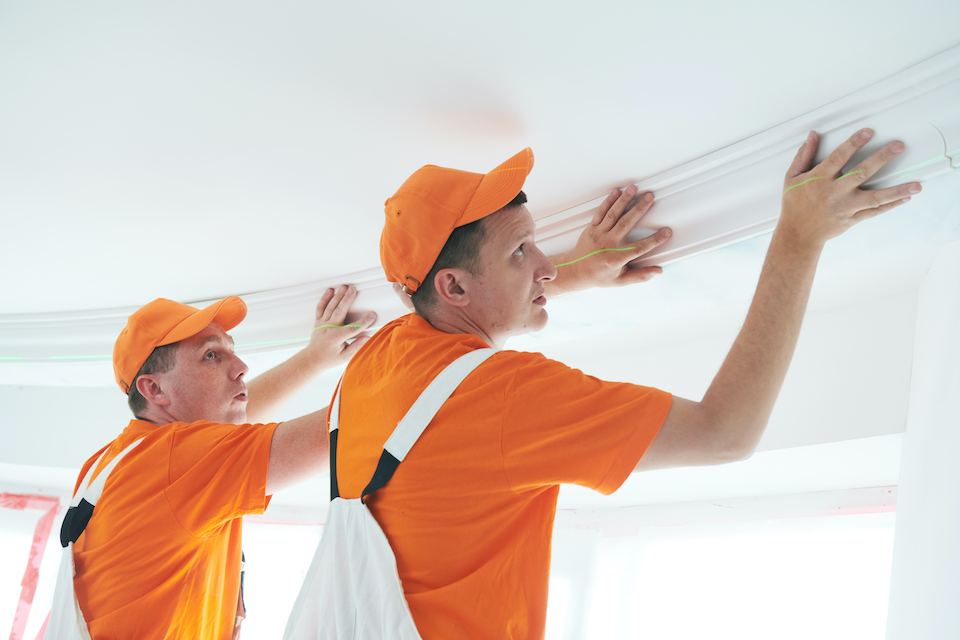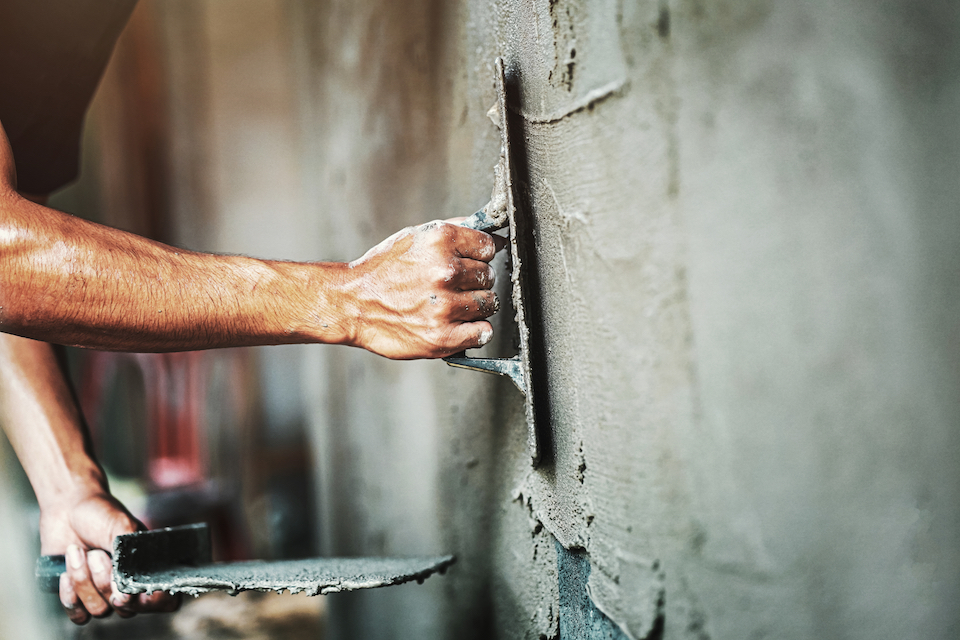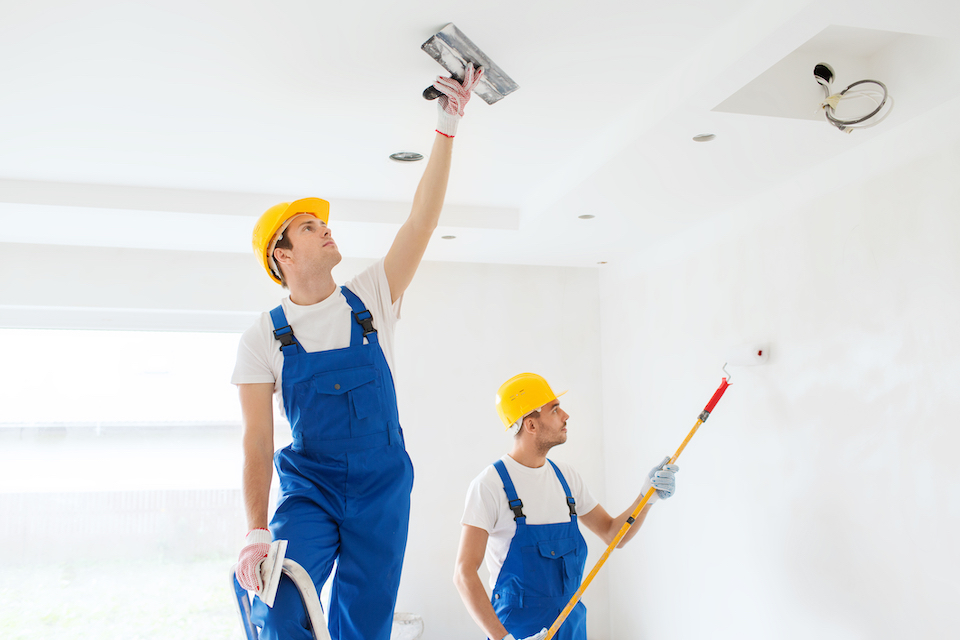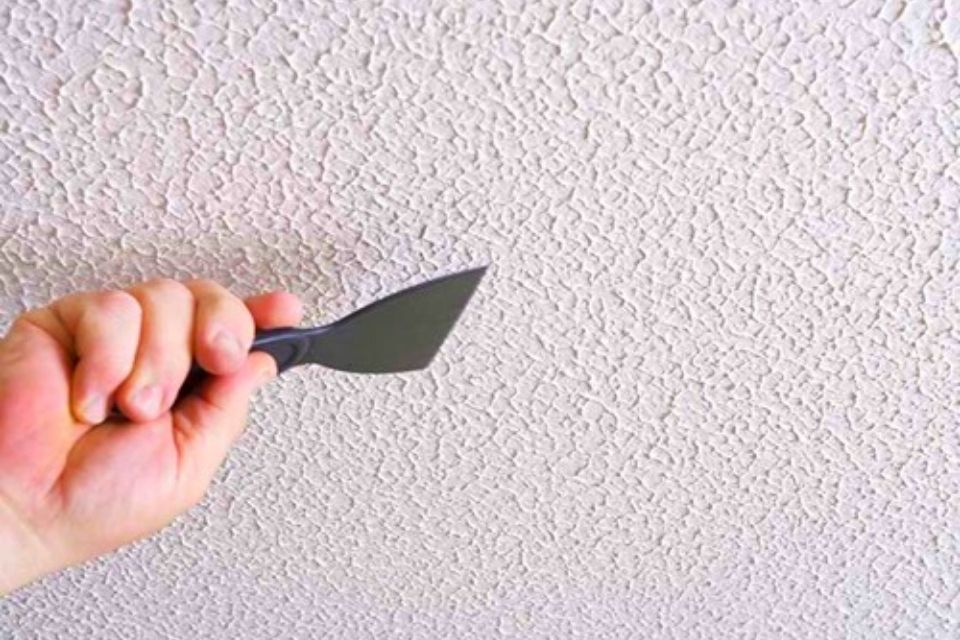How Much Does Coving Cost to Install?
So, what can you expect a coving installation to cost in 2025?
The average cost to install new coving is between £25 and £30 per metre in the UK.
Total coving costs will mainly depend on the type of coving you want and the size of the room it is being installed in.
For an average-sized room with midrange materials, you should expect to pay between £300 and £400.
You'll typically be quoted a single price, which should cover the materials, labour, and all waste removal. (But you should always check this.)
If you're looking for higher quality coving or more ornate plaster cornice, you can expect to pay between £500 and £1,000.
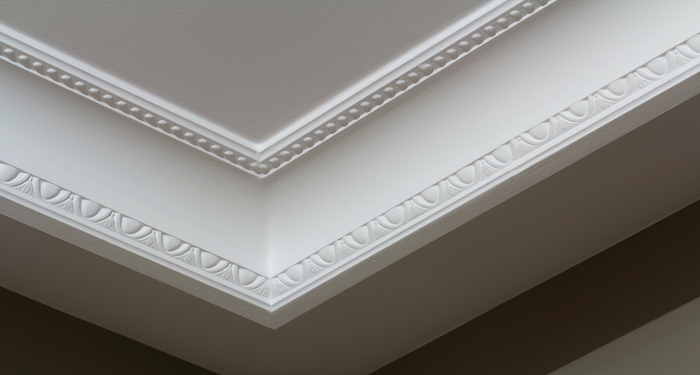
Coving is making a bit of a comeback in the UK! It's a simple way to add some extra character to your home and is perfect if you want a classic or retro aesthetic.
If you're thinking about fitting coving in every room of a property, you're looking at between £1,500 and £2,500 for an average-sized detached home. This would cover between 5 and 7 rooms and assumes mid-range materials.
All of these prices assume that there is no existing coving that needs to be removed. If this is something you need a tradesperson to handle, then it can increase the coving costs you're quoted by £40 to £100 per room.
Coving Installation Prices
The table below provides a breakdown of how much coving installation costs in 2025.
| Description | Cost |
|---|---|
| Coving installation day rate (labour only) | £100-£150 |
| Supply and fit of coving (per metre) | £25-£30 |
| Total coving cost for average-sized room | £300-£400 |
| Total bespoke plaster cornice cost for average-sized room | £500-£1000 |
| Existing coving removal (per room) | £40-£100 |
What are the Supply Cost of Coving Installations?
If you are thinking about installing the coving yourself as a DIY job, then you may be interested in how much it may cost for the supplies alone.
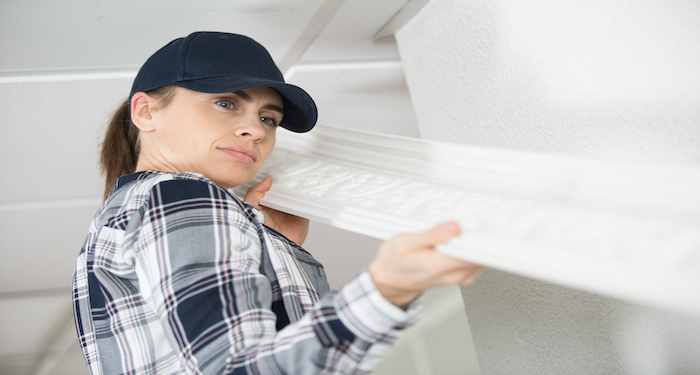
The table below shows the average supply costs that you can expect for different types of coving:
| Type of Supply | Average Cost |
|---|---|
| Plaster coving | £4 - £10 per metre |
| Polystyrene coving | £1 - £3 per metre |
| Duropolymer coving | £4 - £12 per metre |
| Coving adhesive | £10 - £20 per tub |
| Coving mitre tool | £5 - £10 |
What Additional Coving Installation Costs Are There?
When it comes to installing coving, there are several additional costs that you may need to budget for, including:
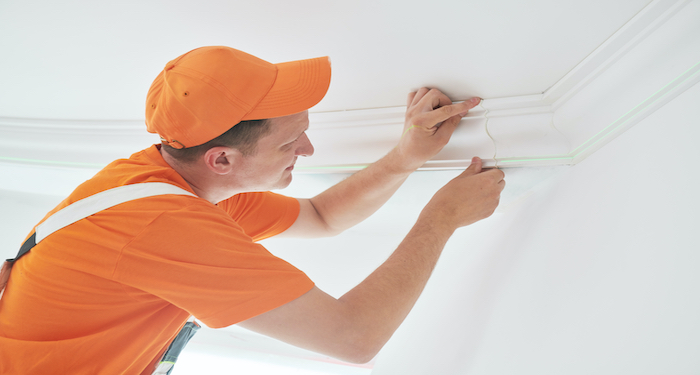
Plastering
Coving should be installed over plasterwork that is fit for purpose. If your plaster is getting old or is damaged, this may be the time to replace it.
The cost of plastering a wall can start from around £100 to £200, while the cost to plaster a ceiling is usually between £200 and £450.
In some cases, you may just need to fill some cracks in the wall and ensure the surface is smooth by gently sanding it ahead of coving installation.
Painting and Decorating
You may also want to redecorate at the same time as installing coving. This can help give your room or home a completely new look.
The cost of painting a room will depend on the size of the room, as well as the quality of paint you choose and various other factors.
On average, the cost to paint a small bedroom is around £180, while a large living room could cost up to £600. There will also be extra costs to paint skirting boards and window frames, if necessary.
Other Jobs
If coving installation is taking place as part of a wider room or home refurbishment, you may also want to consider the following jobs:
- Installing decorative ceiling plasterwork to match the coving.
- Improving lighting around the coving area.
- Replacing skirting boards and other fittings.
- Tidying up electrical cables or boxing them off.
How Much Does Coving Installation Cost?
Many coving installation specialists will provide you with a quote for the cost of the supplies and the installation together. However, if you are looking to source coving separately, then you may want to know how much it will cost to hire a tradesperson to simply install the coving for you.
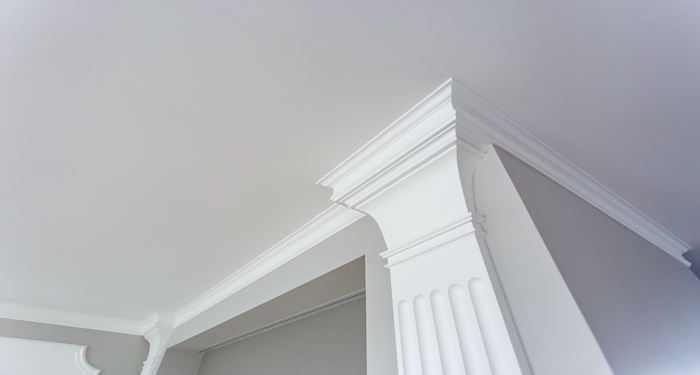
Most coving can be installed by a single skilled tradesperson working alone. However, heavier or longer plaster pieces will require multiple people to install them safely, so labour costs will increase.
The average cost you can expect to pay a tradesperson is around £100 to £150 per day. However, some contractors may charge by the hour depending on the job. The hourly rates that you can expect are around £15 to £25 per tradesperson per hour.
Those based in the London area can expect to pay more for labour than those based in the North or other parts of the UK.
How Long Does It Take to Install Coving?
You may also be curious about how long it may take to install coving. Most people will get coving installed in their whole house at the same time, so that it all matches.
If you have two tradespeople installing coving for you, then you can expect them to be able to install around 25 metres of coving per day, provided there are no issues.
This means that you can expect it to take around 2 to 4 days to install coving in a small home, around 3 to 4 days to install coving in a medium-sized home, and around 5 to 8 days to install coving in a large home.
The overall time it takes will depend on the size of your home and the difficulty of the job. Sometimes, you may need some additional work done with the coving installation, such as plastering. This will increase the length of time that the installation takes.
On the other hand, lighter types of coving, such as those made from polystyrene, will be easier to install and the job may be completed more rapidly.
Types of Coving
There are several different types of coving that you can choose from. Below is a list of the different types of coving and some information on each type:
Polystyrene Coving Cost
Polystyrene coving is the cheapest type of coving. This is perfect for those with a low budget. The material is lightweight and easy to fit, although it does tend to be quite soft and may be easily prone to damage during the installation process.
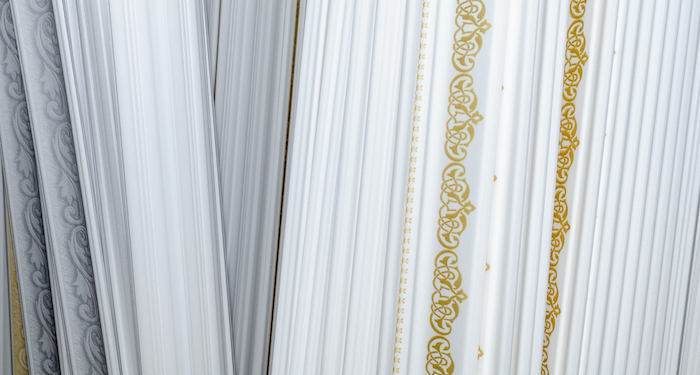
Even when this type of coving has been painted over, it can still have quite a cheap-looking appearance.
Polystyrene coving will usually cost around £1 to £3 per metre.
Pros
- Cheap
- Lightweight
- Easy to fit
Cons
- Can be prone to damage
- Cheap-looking
Plaster Coving Cost
Plaster is the most traditional material used for coving. This material was used when coving was popular in the past. It has an attractive, smooth finish that is great for creating an authentic period look. This coving can come in a range of ornate styles.
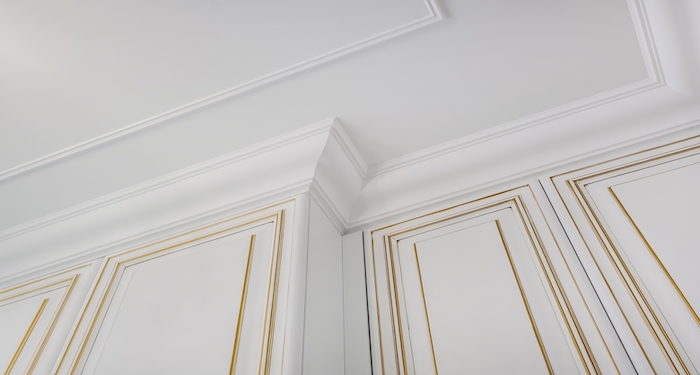
However, it can be quite heavy and brittle, so it can be difficult to install. Installing plaster coving is not a DIY job, so it will require the work of professionals.
Plaster coving will usually cost around £4 to £10 per metre.
Pros
- Attractive appearance
- Smooth finish
- Creates an authentic period look
- Comes in a range of styles
Cons
- Heavy material
- Difficult to install
Plastic Coving Cost
Plastic coving is a great alternative to plaster or polystyrene coving. This type of coving is lightweight and easy to fit. It comes in a range of styles and can be painted over to achieve a look that matches the rest of your home décor.
However, this type of coving can have a cheap appearance, which may not be suitable for everyone.
The average cost for plastic coving is around £5 to £10 per metre.
Pros
- Lightweight
- Comes in a range of styles
- Easy to fit
Cons
- Appearance may not suit all
Cornice Coving Cost
Cornice coving is a profiled moulding used to conceal the joint between a ceiling and a wall so that it doesn’t need to be finished. It can hide any cracks along the joints. Cornice coving is usually made from plaster, paper-covered plaster, polyurethane, expanded polystyrene, or timber.
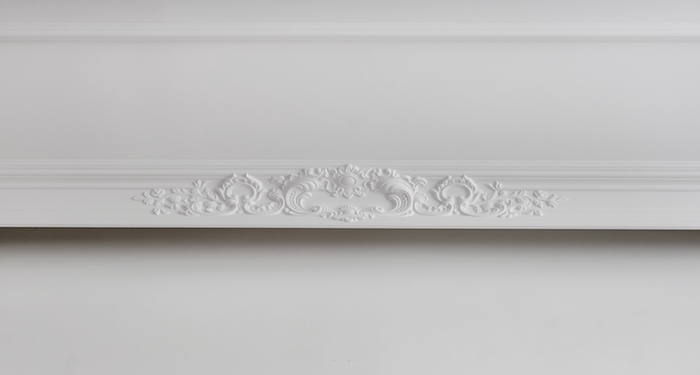
It comes in a range of very ornate styles for great decorative purposes.
Cornice coving tends to cost more than other coving types at around £3 to £8 per metre, although prices can go higher for intricate designs.
Pros
- Various materials available
- Comes in a range of styles
Cons
- Some styles can be very difficult to install
- Can be expensive
Benefits of Coving
There are many benefits of installing coving in your home, such as:
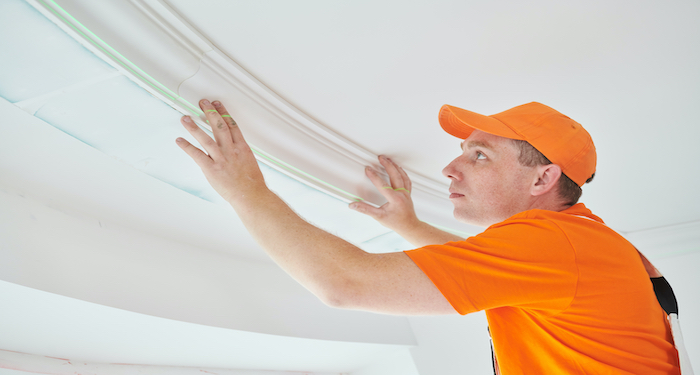
Finishes a Room
Adding coving or cornice to your rooms is perfect for adding some style to the tops of the walls. This can give them a unique look with an elegant finish to really finish a room. This prevents your home décor from looking unfinished.
Traditional or Modern Look
Whatever style you are looking for, whether it’s a traditional look or a modern look, you can achieve this with coving. There are many different styles of coving, from traditional Victorian coving to modern coving.
Adding coving to your property is a great way to create character and enhance the interior design of your home. Since there are so many different styles, you can easily find something to suit everyone.
Add Value to the Property
Coving has the added benefit of adding value to your property. It can improve the appearance of your rooms, and this is something that potential buyers will look fondly on and may even push a sale.
How Much Does Coving Cost to Remove?
In some cases, you may want to remove the coving in your property. For example, if you are planning on replacing it with new coving, or you want to change the aesthetic of your home.
Removing ceiling coving can be done as a DIY job. In which case, all you will need to pay for is the waste removal. The average price that you can expect to pay for this is around £40 to £100 depending on how much waste there is.
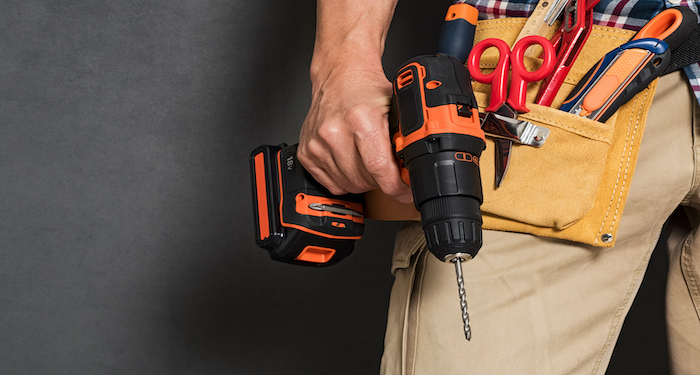
If you would prefer to hire professionals to remove your coving for you, then you can expect this to cost around £150 to £200 per day. The time it takes to remove coving will depend on the amount of coving that needs to be removed. To remove coving from the whole house, you can expect this to take around 1-3 days to complete.
FAQs
Q: How do you cut coving properly?
A: When installing coving, you need to make sure you cut the coving at appropriate angles so that it joins up perfectly in the corners. The best way to cut coving is with a mitre box. This will ensure you get accurate mitre joints that fit perfectly together.
Q: Can you paint coving to match the room?
A: If you want to paint over your coving to match the décor of the room, this can be done in most cases. It is recommended that you apply primer to the coving before painting over it for the best results. It is also recommended that you wait at least 24 hours after the installation before you paint over your new coving.
Q: What is the easiest type of coving to install?
A: Polystyrene is the easiest type of coving to install. This is because the material is quite flexible and lightweight.
Q: What can I do if my coving joints aren’t perfect?
A: If you have a slight gap in the corner joints of your coving, then you can simply fill these gaps in with caulk and then wipe away any excess that remains. Once the caulk has dried, you can then paint over it with paint to match the rest of the coving.
If you have large gaps in your coving, the best option would be to remove it and replace it with new coving.
Q: Do I need planning permission to install coving in my home?
A: No, you won’t need to worry about planning permission or building regulations when it comes to installing coving. However, if you live in a listed building, you may need to double-check with your local authority before going ahead with the job.

